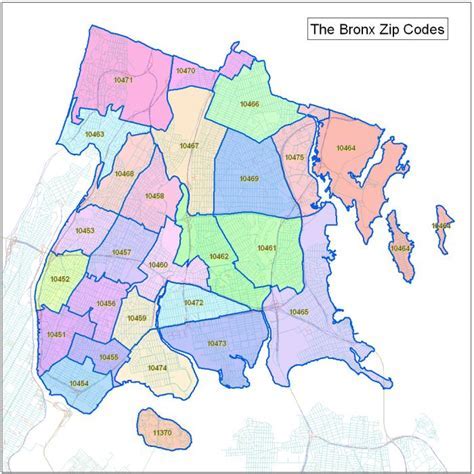Feminist Criticism Essentials: Uncovering Key Concepts
Feminist criticism is a powerful lens through which we analyze literature, media, and culture, uncovering gender inequalities and challenging societal norms. By exploring its key concepts, we can better understand its impact and relevance in today’s world. Whether you’re a student, scholar, or simply curious, this guide will walk you through the essentials of feminist criticism, offering insights for both informational and commercial purposes.
What is Feminist Criticism?
Feminist criticism is a theoretical approach that examines how gender shapes and is shaped by texts, institutions, and societal structures. It highlights the experiences of marginalized genders, particularly women, and critiques patriarchal systems. This method is not just about identifying sexism but also about advocating for equality and empowerment.
Core Objectives of Feminist Criticism
- Challenging Patriarchy: Exposing how male-dominated systems oppress women and non-binary individuals.
- Amplifying Marginalized Voices: Giving a platform to stories and perspectives often overlooked.
- Promoting Gender Equality: Advocating for fairness and justice in all aspects of life.
📌 Note: Feminist criticism is interdisciplinary, drawing from sociology, psychology, and political science to provide a comprehensive analysis.
Key Concepts in Feminist Criticism
1. Gender Roles and Stereotypes
Feminist critics dissect how traditional gender roles limit individuals’ potential. For example, the expectation for women to be caregivers often restricts their professional growth. By questioning these norms, feminist criticism encourages freedom of expression and identity.
2. Intersectionality
Coined by Kimberlé Crenshaw, intersectionality emphasizes how race, class, sexuality, and other identities intersect with gender to create unique experiences of oppression. This concept is crucial for understanding the complexities of feminist analysis.
3. The Male Gaze
Popularized by Laura Mulvey, the male gaze refers to the sexualized way women are often portrayed in media, catering to a heterosexual male perspective. Feminist criticism challenges this objectification and calls for more authentic representations.
| Concept | Definition | Example |
|---|---|---|
| Gender Roles | Socially constructed expectations based on gender. | Women as caregivers, men as breadwinners. |
| Intersectionality | The overlap of various forms of discrimination. | A Black woman facing racism and sexism. |
| Male Gaze | The objectification of women in media. | Sexualized portrayals in films and ads. |
Applying Feminist Criticism in Practice
For Informational Purposes
If you’re researching or studying feminist criticism, focus on:
- Analyzing Texts: Examine literature, films, or art through a feminist lens.
- Understanding Theories: Explore works by bell hooks, Simone de Beauvoir, and others.
- Engaging in Discussions: Participate in academic or online forums to deepen your knowledge.
For Commercial Purposes
Businesses and creators can use feminist criticism to:
- Develop Inclusive Content: Ensure media and products represent diverse genders authentically.
- Build Brand Awareness: Align with feminist values to appeal to socially conscious consumers.
- Foster Workplace Equality: Implement policies that promote gender fairness and diversity.
💡 Note: Incorporating feminist principles can enhance brand reputation and consumer loyalty.
Checklist for Feminist Criticism Analysis
- Identify gender roles and stereotypes in the text or media.
- Analyze how intersectionality influences characters or narratives.
- Question the presence of the male gaze and its impact.
- Evaluate the empowerment or oppression of marginalized genders.
- Consider how the work challenges or reinforces patriarchal norms.
Feminist criticism offers a transformative way to understand and engage with the world. By grasping its key concepts, we can advocate for equality, challenge oppression, and create more inclusive spaces. Whether for academic exploration or commercial application, this approach empowers us to make meaningful change.
What is the main goal of feminist criticism?
+The main goal is to challenge gender inequalities, amplify marginalized voices, and promote equality in society.
How does intersectionality relate to feminist criticism?
+Intersectionality highlights how race, class, and other identities intersect with gender, providing a more nuanced analysis of oppression.
Can businesses benefit from feminist criticism?
+Yes, by creating inclusive content, fostering workplace equality, and aligning with feminist values, businesses can enhance their reputation and appeal to diverse audiences.
feminist theory,gender studies,literary criticism,media analysis,intersectionality,patriarchy,gender equality,female empowerment,inclusive content,brand awareness.


